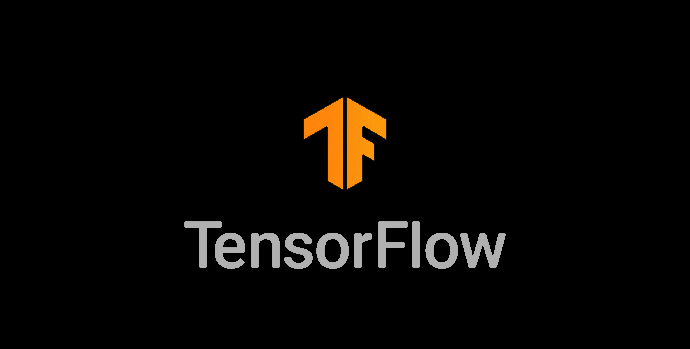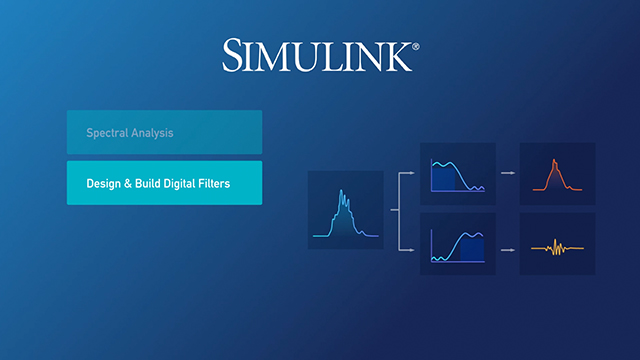Description
Introduction:
Welcome to Databricks for Data Scientists: Advanced Machine Learning and Analytics! this advanced course is designed for data scientists looking to leverage Databricks and Apache Spark for complex machine learning and large-scale analytics tasks. Participants will explore advanced techniques for building and deploying machine learning models, optimizing data processing workflows, and working with massive datasets using Databricks’ unified analytics platform. The course includes hands-on labs that cover the end-to-end process of data science workflows, from feature engineering and model training to scaling, tuning, and deployment. By the end, participants will have the skills to apply Databricks and Apache Spark to real-world machine learning problems and analytics use cases.
Prerequisites:
- Prior experience with machine learning and data science workflows.
- Basic understanding of Python or Scala.
- Familiarity with Databricks and Apache Spark (or completion of a Databricks fundamentals course).
- Knowledge of basic statistics and data manipulation techniques.
Table of Content:
- Introduction to Databricks for Advanced Data Science
1.1 Overview of Databricks for data science
1.2 Key features for data scientists: Notebooks, MLlib, and Delta Lake
1.3 Review of Apache Spark and its architecture - Exploratory Data Analysis (EDA) with Databricks
2.1 Performing EDA with Apache Spark
2.2 Visualizing large datasets in Databricks notebooks
2.3 Feature extraction and data transformation techniques
2.4 Handling missing and inconsistent data - Data Preprocessing and Feature Engineering at Scale
3.1 Techniques for large-scale data preprocessing
3.2 Feature engineering with Spark DataFrames
3.3 Advanced techniques: Feature scaling, encoding, and binning
3.4 Using SQL in Databricks for feature selection and extraction - Machine Learning with Spark MLlib
4.1 Overview of Spark MLlib for machine learning
4.2 Building classification, regression, and clustering models
4.3 Model evaluation metrics and validation techniques
4.4 Advanced algorithms: Decision Trees, Random Forests, and Gradient Boosted Trees - Hyperparameter Tuning and Model Optimization
5.1 Using Cross-Validation and Grid Search in Databricks
5.2 Automating hyperparameter tuning with MLlib
5.3 Model optimization techniques for performance improvement
5.4 Balancing model complexity and computational resources - Scaling Machine Learning Models
6.1 Distributed machine learning in Databricks
6.2 Managing large-scale datasets for machine learning
6.3 Optimizing data processing for model training
6.4 Handling imbalanced data and rare events in large datasets - Deep Learning on Databricks
7.1 Introduction to deep learning with TensorFlow and Keras in Databricks
7.2 Building neural networks on large datasets
7.3 Integrating Databricks with GPU-enabled clusters for deep learning
7.4 Case study: Image classification and text processing - Model Deployment and Serving with Databricks
8.1 Deploying machine learning models in production
8.2 Using Databricks Model Registry for versioning and tracking
8.3 Real-time model serving with Databricks
8.4 Automating model deployment with CI/CD pipelines - Real-Time Analytics and Machine Learning with Structured Streaming
9.1 Real-time data processing with Structured Streaming in Apache Spark
9.2 Building and deploying real-time machine learning models
9.3 Use cases for streaming analytics in production
9.4 Integrating Databricks with Kafka and other streaming services - Time Series Analysis and Forecasting
10.1 Advanced techniques for time series analysis in Databricks
10.2 Working with temporal data and Spark’s window functions
10.3 Building forecasting models using ARIMA, SARIMA, and Prophet
10.4 Case study: Forecasting business metrics with Databricks - Collaborative Data Science Workflows
11.1 Best practices for team collaboration in Databricks
11.2 Using Git with Databricks notebooks for version control
11.3 Managing experiments and models with MLflow
11.4 Collaborative projects: Sharing notebooks and data across teams - Data Science Pipelines and Orchestration
12.1 Building end-to-end data science pipelines in Databricks
12.2 Orchestrating workflows with Databricks Jobs and Airflow
12.3 Monitoring and maintaining pipelines in production
12.4 Handling data dependencies and scheduling tasks - Delta Lake for Machine Learning and Analytics
13.1 Introduction to Delta Lake for reliable data engineering
13.2 Using Delta Lake for efficient model training and inference
13.3 Optimizing Delta Lake for analytics and machine learning pipelines
13.4 Case study: Large-scale analytics using Delta Lake - Advanced Analytics Use Cases in Databricks
14.1 Data science for anomaly detection and fraud prevention
14.2 Customer segmentation and recommendation engines
14.3 Predictive maintenance and industrial IoT analytics
14.4 Case studies from finance, healthcare, and retail industries - Final Project: Building and Deploying a Machine Learning Pipeline
15.1 Design and implement a complete machine learning pipeline
15.2 Addressing real-world challenges in data processing and model deployment
15.3 Presenting the solution and demonstrating scalability - Conclusion and Next Steps
16.1 Recap of key learnings
16.2 Advanced topics and resources for further learning
16.3 Certification paths and career advancement with Databricks and Apache Spark







Reviews
There are no reviews yet.